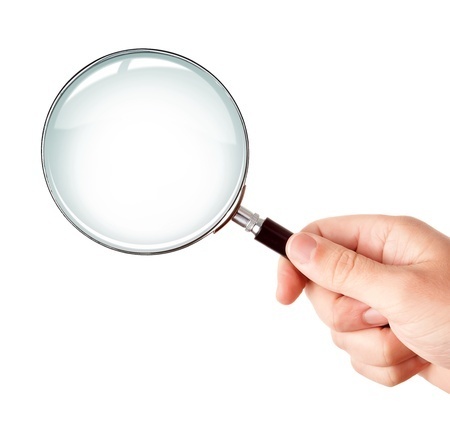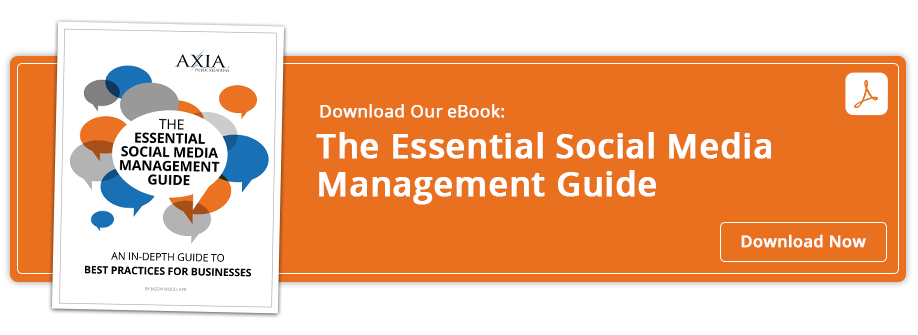3 tips for spotting an altered photograph

Images can create very strong reactions and, in some cases, a significant viral stir. In the world of marketing, images are everything. They’re created, posed, colored and sized with the intent of stimulating emotion and a call to action. The new bane for journalists and readers alike is the spread of false images. How can you discern true images from the doctored ones?

In the wake of Hurricane Harvey, the devastation of Houston is difficult to fathom without imagery. Sadly, some people are posting and sharing doctored images (see inset photo). They do this because they understand how images stimulate emotion, particularly when a tragedy or crisis strikes. The more graphic, the stronger the emotion and the more likely people will share the image quickly (virally) across digital platforms.
Therefore, when digesting news from the day, consumers must be vigilant in discerning fact from fiction. This can be incredibly challenging because, as humans, we have limited knowledge about what is possible and we allow our emotions to cloud our judgment. For example, is it possible for a shark to swim in floodwaters on land (via a highway, for example)? The possibility makes people question validity.
So how can you spot a doctored photo from a very real image?
- Think.
Before sharing digital images, first consider whether or not something is plausibly real. Images generally stimulate strong emotion, so if your gut feels strongly, take a moment to evaluate the image. Was it doctored for effect or is it real?
- Follow credible media.
It’s true that sometimes even credible media gets it wrong. However, this typically only happens in live situations. Media sites maintain several layers of built in fact checking to ensure the veracity of information. If you’re getting your news from a verified news source, it is most likely real. If you obtain it from pals across the country via Facebook, then perhaps it’s not.
- Use technology tricks.
The term “newshound” exists for a reason. It defines those individuals who seek out the truth from numerous sources. If you are unsure whether an image is authentic or not, simply right-click it to see its properties. Or, if you use Google Chrome, right-click the image and do a search. If the same image appears on the same day across numerous platforms (not articles/sites dated from years ago), it is likely authentic. If it appears exclusively in old results, it’s likely a fake being repurposed by trolls.
Axia Public Relations’ foundation is in journalism. Our team is comprised of former journalists who understand the importance of propagating accurate, timely and creative campaigns for our clients. In this era of evolving communications, a partner that understands traditional and digital media is the partner you want. To further build your understanding of social media and prevent PR pitfalls from false imagery or fake news, download Axia’s Essential Social Media Management Guide today.
 Wendy Bulawa Agudelo has nearly 20 years of experience in technology, business, consumer and nonprofit public relations. She serves on the Massachusetts Down Syndrome Congress PR Task Force and is a culinary enthusiast and champion for the special needs community. Wendy has worked for Axia Public Relations since September 2014. Learn more about Wendy Bulawa Agudelo. Connect with Axia on Twitter @axiapr or tell us what you think in the comments below.
Wendy Bulawa Agudelo has nearly 20 years of experience in technology, business, consumer and nonprofit public relations. She serves on the Massachusetts Down Syndrome Congress PR Task Force and is a culinary enthusiast and champion for the special needs community. Wendy has worked for Axia Public Relations since September 2014. Learn more about Wendy Bulawa Agudelo. Connect with Axia on Twitter @axiapr or tell us what you think in the comments below.
Featured image credit: 123rf.com
Topics: public relations, media


Comment on This Article